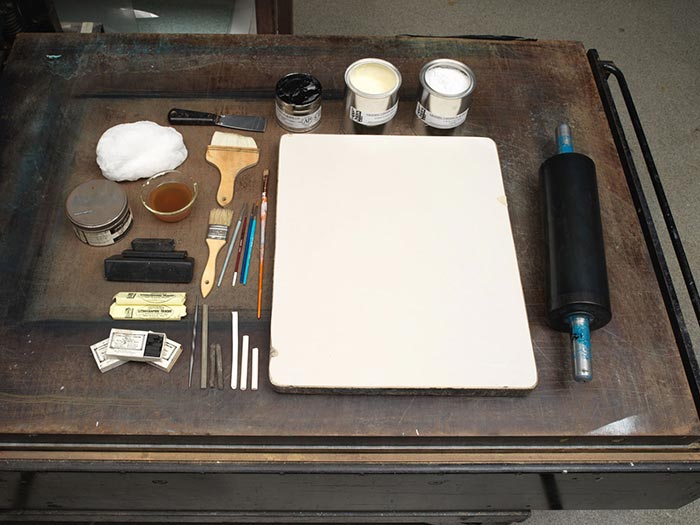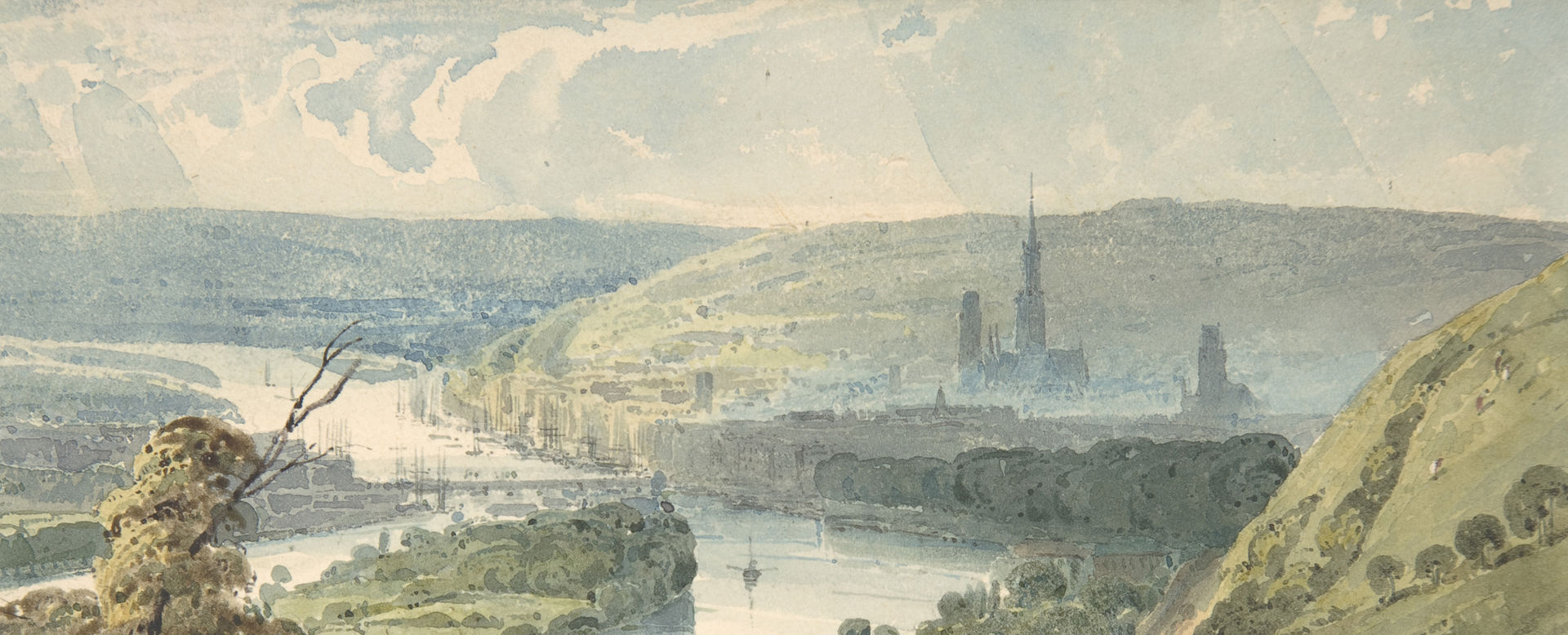All Broke Up: "He'd a won de money, if it hadn't been for de odder dog."
Drawn by King & Murphy American
Publisher Currier & Ives American
Not on view
The late nineteenth-century Darktown prints by Currier & Ives depict racist stereotypes that are offensive and disturbing; the images were often accompanied by captions in a demeaning dialect. The Metropolitan Museum of Art preserves such works to shed light on their historical context and to enable the study and evaluation of racism.
This print caricatures the aftermath of a dog fight with a small group of eight downcast Black (African American) people walking on a street towards the viewer. Leading them is a heavy-set Black man pushing a wooden wheelbarrow (with a red wheel) containing a bloodied (dead?) dog lying on its back. The man has been badly beaten up, as his left eye swollen shut; he is missing his left ear, his left arm is bare (the sleeve was torn off), and what remains of his blue jacket is more like a vest (as it is missing both sleeves) with tattered bottom edges hanging just above his yellow/red plaid pants. At the right of the image, just behind the injured dog owner, is a man --wearing a pink-red/checkered shirt, patched tan pants, a toe-less boot, and a white stovetop hat-- who extends his left arm as if in dismay. Behind him, another man-- wearing an orange-yellow shirt, light green pants, and yellow hat pulled over his eyes -- has his left hand in his pocket. At the left, a man in a dark suit and derby hat carries two feet (one shod, one shoeless) of a body not depicted (as presumably, the rest of this disabled person is behind the heavy-set dog owner). The heads of four others (including a woman in a yellow kerchief) follow. The top of a street lamp is shown in the left background; residential buildings are indicated in the right and left backgrounds. The title and caption are imprinted in the bottom margin.
Nathaniel Currier, whose successful New York-based lithography firm began in 1835, produced thousands of prints in various sizes that together create a vivid panorama of mid-to-late nineteenth century American life and its history. People eagerly acquired such lithographs featuring picturesque scenery, rural and city views, ships, railroads, portraits, hunting and fishing scenes, domestic life and numerous other subjects, as an inexpensive way to decorate their homes or business establishments. As the firm expanded, Nathaniel included his younger brother Charles in the business. In 1857, James Merritt Ives (the firm's accountant since 1852 and Charles's brother-in-law) was made a business partner; subsequently renamed Currier & Ives, the firm continued until 1907.


